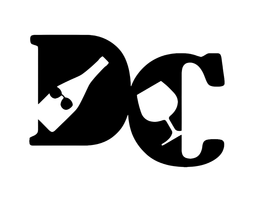Theo Dancer
The name Vincent Dancer should ring a bell for lovers of white Burgundy. If it doesn't, that's okay, as it is true that the wines have always ended up in few places and few cellars. When thinking of white Burgundy recently, there are two camps: the classic with maybe a bit more weight, concentration, etc., such as the wines of Leflaive and Ramonet; then there is the new wave, pushing reduction to its limit. Vincent Dancer has always found the perfect harmony between these styles. It is rare that all wines in a range are treated the same way from ferment to aging vessels. Combined with the vineyard work and winemaking choices, Dancer has been producing some of the most transparent wines that truly show the sense of place of their respective vineyards.
Theo, Vincent's son, has been working with his father at the Domaine and in recent vintages has pretty much fully taken the reins. Aside from taking over the Domaine and continuing the work his father taught him, Theo has started his own project. The labels reflect this ethos; when seeing the label, one thinks of Vincent Dancer, honoring the traditional cellar philosophies because they work. However, the labels also show a bit of innovation, mirroring Theo's approach.
Theo is working with some grape varietals nontraditional to Burgundy, incorporating grapes like Savagnin and Pinot Gris and making them in Burgundy. Classic varietals like Aligote and Gamay are still being produced. When tasting these wines, one can feel the soul of Dancer's transparency along with the energy of a 23-year-old, talented winemaker.
Viticulture and Vinification
Theo is focusing on healthy farming, sourcing grapes from the right people and the right vineyards, trusting in the work put into their vines. While not all of the vineyards are yet certified organic, each vineyard is being treated with the utmost care and a "hands-off" approach.
Trusting his instincts and experience with his father, Theo aims to create the best expression of each wine. In the cellar, the approach is minimalist: native yeasts, no enzymes or acids, natural malolactic fermentation, no batonnage, and no fining or filtering. While each wine is given the same approach, there is some variation in the length of racking, fermentation vessels, and more. Below, details on each wine are provided.
Refine by
Display prices in:MYR

